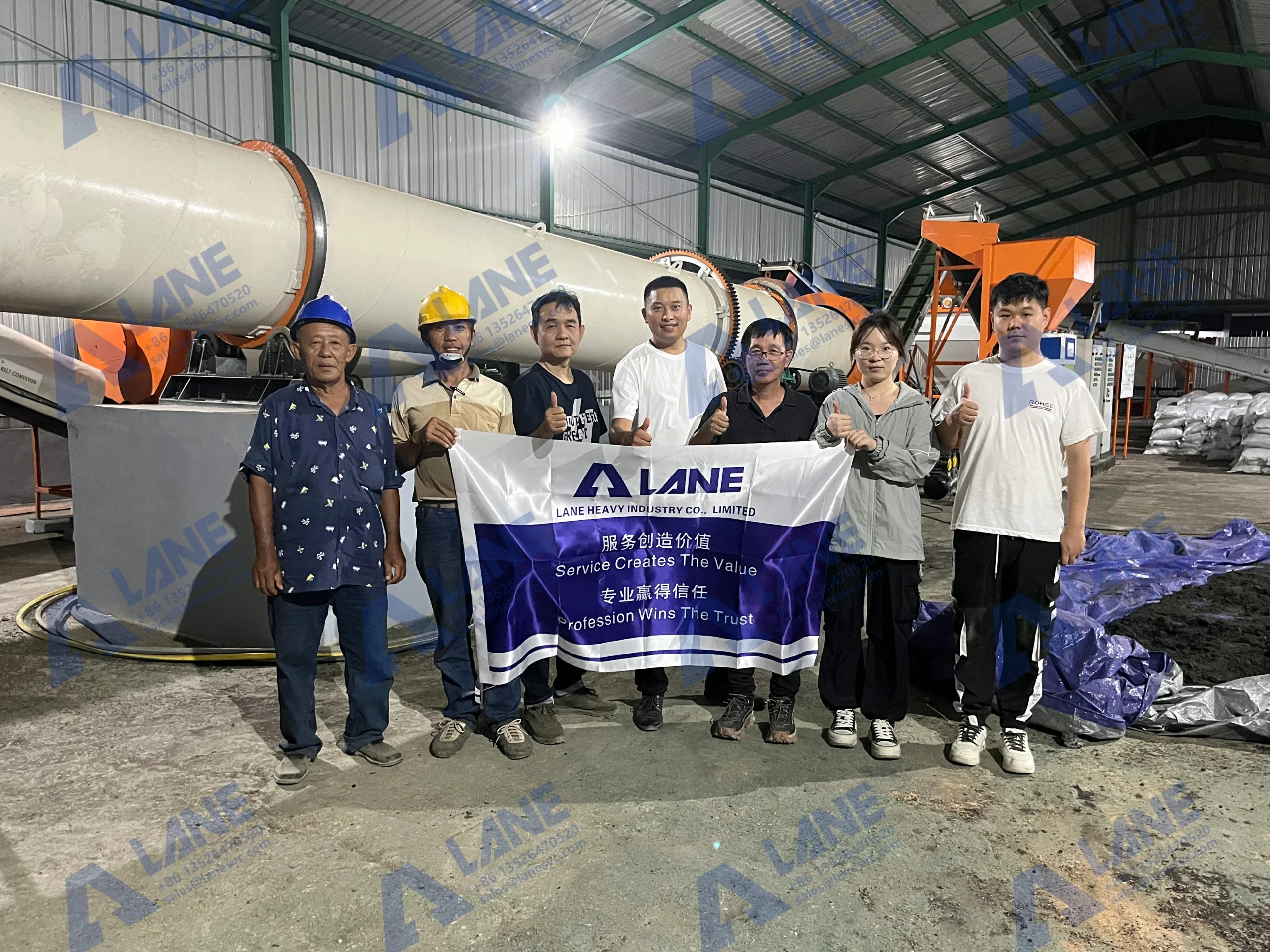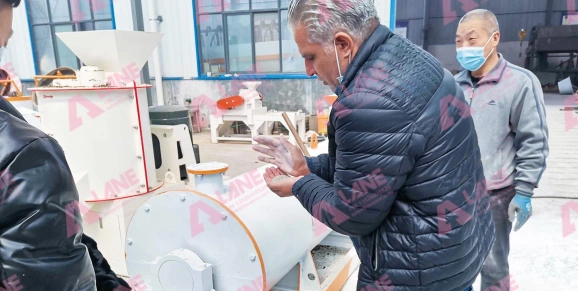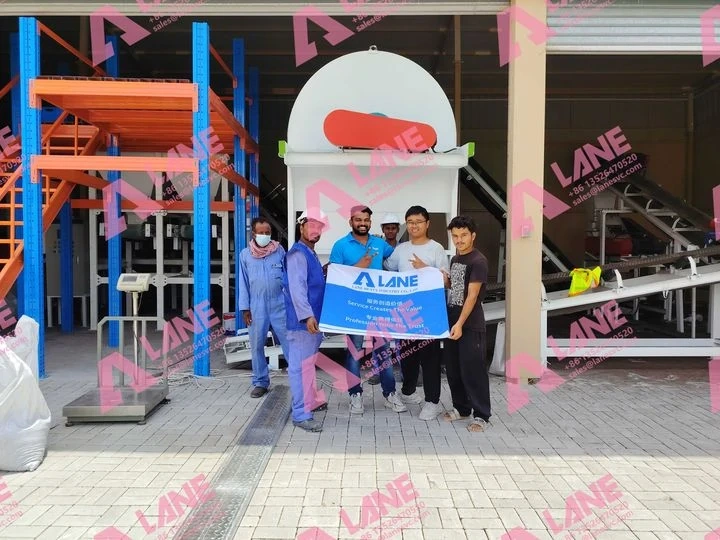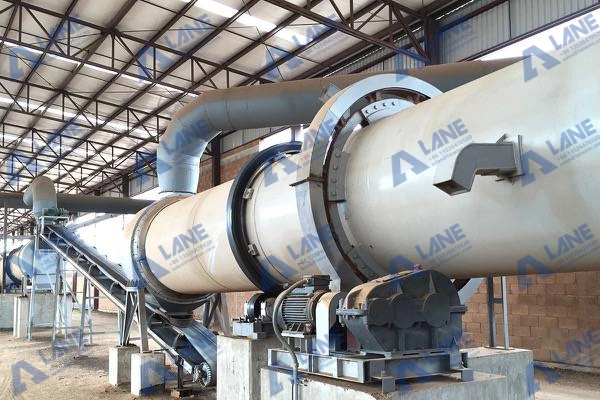Single Superphosphate Production Line: A Comprehensive Guide to Fertilizer Manufacturing
- 2025-09-24
The Single Superphosphate Production Line is a crucial solution for efficiently producing high-quality phosphate fertilizer. This guide provides an in-depth look at advanced equipment, step-by-step production processes, and industry best practices, helping manufacturers optimize phosphorus solubility, maintain stable output, and achieve cost-effective fertilizer production. By understanding the full scope of the Single Superphosphate Production Line, manufacturers can enhance productivity, ensure consistent product quality, and promote sustainable agricultural practices.
What Is Single Superphosphate?
Single Superphosphate is a phosphate fertilizer mainly composed of monocalcium phosphate [Ca(H₂PO₄)₂] and gypsum [CaSO₄·2H₂O]. Compared with triple superphosphate (TSP), it has a moderate phosphorus content, making it suitable for various soil types. SSP supplies readily available phosphorus, supporting root development, flowering, and fruiting in crops. Its favorable handling properties and cost efficiency have made it widely adopted globally, particularly where balanced nutrients and affordability are priorities.
Fertilizer Manufacturing Process
Raw Material Preparation in the Single Superphosphate Production Line: The production process begins with high-quality rock phosphate. The rock is crushed and ground to achieve precise particle size, maximizing surface area for efficient reaction with sulfuric acid. Screening removes oversized particles and impurities to ensure uniformity. Accurate proportioning and thorough homogenization are critical to maintain acidulation efficiency and produce fertilizer with a stable chemical composition and target P₂O₅ content, forming the foundation of an efficient Single Superphosphate Production Line.
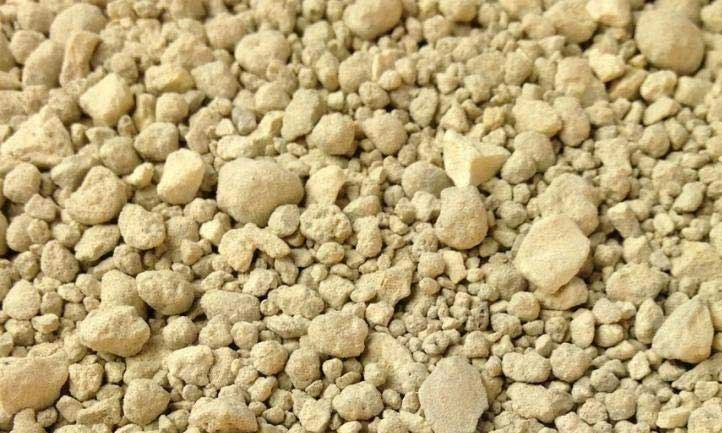
Acidulation / Reaction: Finely ground phosphate rock reacts with concentrated sulfuric acid in a digester under tightly controlled conditions. This reaction produces water-soluble monocalcium phosphate and gypsum as a byproduct. Key process parameters—reaction temperature, mixing intensity, and precise acid dosage—are carefully monitored to maximize phosphorus solubility while minimizing residual free acid. Specialized machinery ensures precise control over reaction conditions, supporting uniform chemical composition, high efficiency, and reliable performance throughout the Single Superphosphate Production Line.
Curing and Drying: After acidulation, the slurry is transferred to a curing tank or storage silo for controlled curing to stabilize the product and optimize phosphorus solubility. If necessary, it is dried using rotary or belt dryers to achieve the desired moisture content. Proper drying supports granulation, producing free-flowing fertilizer suitable for handling, storage, and downstream packaging in the Single Superphosphate Production Line.
Granulation and Packaging: Depending on customer requirements, the fertilizer can be supplied as powder or granules. Granulation improves flowability, reduces dust, and facilitates uniform field application. The final product is packaged in bags or bulk containers and stored under dry conditions. Proper granulation and packaging are essential for smooth operation, handling, and distribution in an industrial Single Superphosphate Production Line.
Fertilizer Production Line Equipment
A modern Single Superphosphate Production Line requires specialized machinery for stable operation and high output. Key equipment includes:
Crushers and grinders for rock phosphate
Reaction tanks and digesters
Curing tanks for stabilization
Dryers (rotary or belt type)
Granulators and screening machines
Conveyors, pumps, and integrated control systems
Choosing reliable machinery from a reputable fertilizer equipment supplier, combined with an automated production line, enhances efficiency, reduces labor costs, and ensures consistent product quality throughout the Single Superphosphate Production Line.
Benefits of a Single Superphosphate Production Line
High Efficiency: Optimized equipment and controlled process parameters reduce reaction time and maximize phosphorus solubility.
Cost-Effective: Using low-cost raw materials with energy-efficient machinery lowers overall production costs.
Wide Applicability: Suitable for diverse soil types and crops, providing versatile phosphate fertilizer.
Ease of Handling: Granulated fertilizer is free-flowing, easy to store, transport, and apply, particularly when produced on an industrial-scale Single Superphosphate Production Line.
Frequently Asked Questions
The production involves finely ground phosphate rock reacting with sulfuric acid in controlled vessels, followed by curing, drying, and granulation using specialized fertilizer making machines. Compared with TSP, the product contains moderate phosphorus content with gypsum. Production line costs vary depending on capacity, automation, and equipment quality. Experienced suppliers offer low-cost, high-efficiency Single Superphosphate Production Line solutions tailored to industrial needs.
A well-designed Single Superphosphate Production Line enables manufacturers to efficiently convert high-quality rock phosphate into premium fertilizer. Through accurate raw material preparation, controlled acidulation, structured curing, and optimized drying—supported by reliable industrial equipment—the production line ensures stable output, reduces operating costs, and promotes sustainable agricultural practices.
For more details, please feel free to contact us.
Henan Lane Heavy Industry Machinery Technology Co., Ltd.
Email: sales@lanesvc.com
Contact number: +86 13526470520
Whatsapp: +86 13526470520
